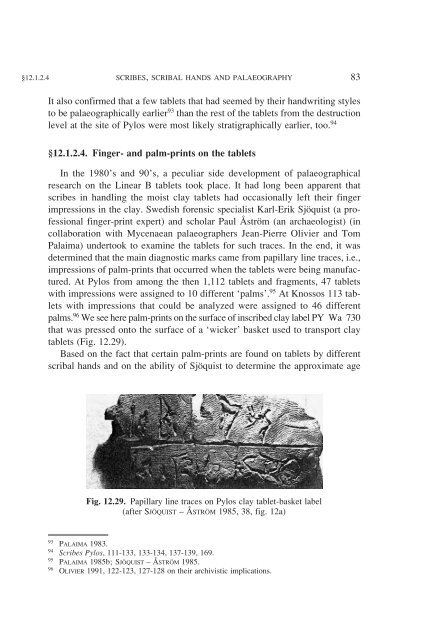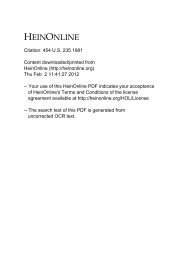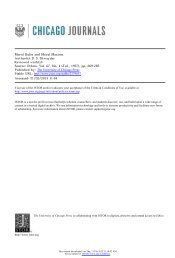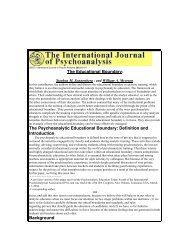A Companion to Linear B - The University of Texas at Austin
A Companion to Linear B - The University of Texas at Austin
A Companion to Linear B - The University of Texas at Austin
You also want an ePaper? Increase the reach of your titles
YUMPU automatically turns print PDFs into web optimized ePapers that Google loves.
§12.1.2.4 SCRIBES, SCRIBAL HANDS AND PALAEOGRAPHY 83<br />
It also confirmed th<strong>at</strong> a few tablets th<strong>at</strong> had seemed by their handwriting styles<br />
<strong>to</strong> be palaeographically earlier 93 than the rest <strong>of</strong> the tablets from the destruction<br />
level <strong>at</strong> the site <strong>of</strong> Pylos were most likely str<strong>at</strong>igraphically earlier, <strong>to</strong>o. 94<br />
§12.1.2.4. Finger- and palm-prints on the tablets<br />
In the 1980’s and 90’s, a peculiar side development <strong>of</strong> palaeographical<br />
research on the <strong>Linear</strong> B tablets <strong>to</strong>ok place. It had long been apparent th<strong>at</strong><br />
scribes in handling the moist clay tablets had occasionally left their finger<br />
impressions in the clay. Swedish forensic specialist Karl-Erik Sjöquist (a pr<strong>of</strong>essional<br />
finger-print expert) and scholar Paul Åström (an archaeologist) (in<br />
collabor<strong>at</strong>ion with Mycenaean palaeographers Jean-Pierre Olivier and Tom<br />
Palaima) under<strong>to</strong>ok <strong>to</strong> examine the tablets for such traces. In the end, it was<br />
determined th<strong>at</strong> the main diagnostic marks came from papillary line traces, i.e.,<br />
impressions <strong>of</strong> palm-prints th<strong>at</strong> occurred when the tablets were being manufactured.<br />
At Pylos from among the then 1,112 tablets and fragments, 47 tablets<br />
with impressions were assigned <strong>to</strong> 10 different ‘palms’. 95 At Knossos 113 tablets<br />
with impressions th<strong>at</strong> could be analyzed were assigned <strong>to</strong> 46 different<br />
palms. 96 We see here palm-prints on the surface <strong>of</strong> inscribed clay label PY Wa 730<br />
th<strong>at</strong> was pressed on<strong>to</strong> the surface <strong>of</strong> a ‘wicker’ basket used <strong>to</strong> transport clay<br />
tablets (Fig. 12.29).<br />
Based on the fact th<strong>at</strong> certain palm-prints are found on tablets by different<br />
scribal hands and on the ability <strong>of</strong> Sjöquist <strong>to</strong> determine the approxim<strong>at</strong>e age<br />
Fig. 12.29. Papillary line traces on Pylos clay tablet-basket label<br />
(after SJÖQUIST – ÅSTRÖM 1985, 38, fig. 12a)<br />
93 PALAIMA 1983.<br />
94 Scribes Pylos, 111-133, 133-134, 137-139, 169.<br />
95 PALAIMA 1985b; SJÖQUIST – ÅSTRÖM 1985.<br />
96 OLIVIER 1991, 122-123, 127-128 on their archivistic implic<strong>at</strong>ions.

















